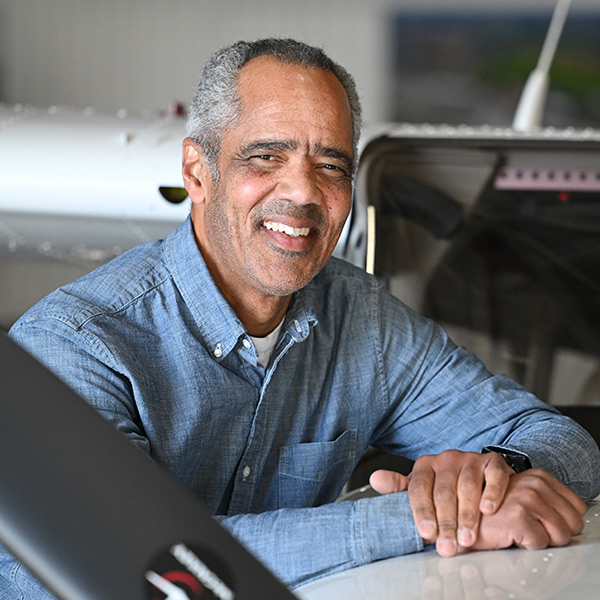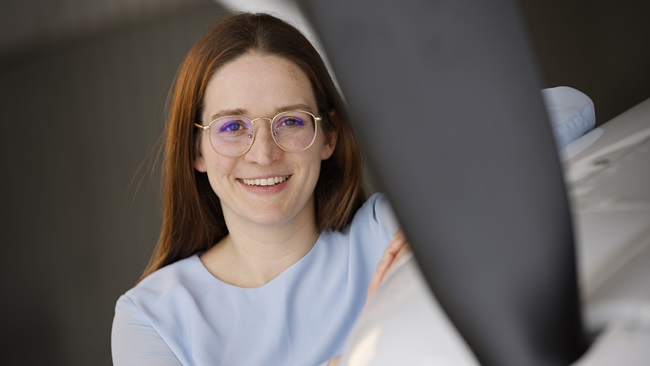MOSAIC grants older pilots exciting new options
Cost savings could benefit newcomers, flight schools
Imagine aging pilots giving up their third class medical certificate or BasicMed qualification, but winding up with privileges to fly a wider, more rewarding range of aircraft than before. What might sound like a dream to many aviators will come true with the phasing in of new regulations for sport pilots and light sport aircraft under the FAA’s Modernization of Special Airworthiness Certification, or MOSAIC, rule.
The new rule boosts the appeal of the sport pilot certificate in part by eliminating the 1,320-pound takeoff-weight limit for light sport land aircraft, or 1,430 pounds for those designed to take off and land on water. The change expands the field of light sport-eligible aircraft to include models with four seats (still with no more than two of them occupied at a time), a maximum clean stall speed of 59 knots calibrated airspeed, and a maximum speed of 250 knots.
Best of all for aging pilots who are concerned about the expense of continuing to qualify for a third class medical certificate, particularly in cases where special issuance is required, the new rule allows them to fly a range of FAR Part 23 certified aircraft under light sport rules with a driver’s license as medical qualification.
Restrictions placed in the original light sport rules, particularly those affecting weight and speed, severely limited the utility and thus the appeal of light sport aircraft, which are, by definition, smaller and slower than type certificated aircraft. While manufacturers produced a wave of new light sport designs following the category’s creation in 2004, some pilots and aspiring pilots were put off by their cost and lack of performance.
MOSAIC unlocks new potential for the sport pilot certificate as a more economical path to flying than the traditional private pilot certificate, which requires a minimum of 40 hours of training compared with 20 hours for sport pilots, and costs roughly between $10,000 and $20,000 to obtain. The cost can vary widely depending on the hours individual pilots need to qualify. Experts say student pilots training under Part 61 typically take between 50 and 80 hours to earn a private certificate, and sport pilots need 35 to 40 hours.
Helen Woods, a CFI and owner of Chesapeake Sport Pilot, a flight school at Bay Bridge Airport in Stevensville, Maryland, said the rates for flight instruction across the industry are “all over the map,” though generally, the cost of obtaining a sport pilot certificate ranges from half to two-thirds the cost of a private certificate. Her students typically are split evenly between private and sport.
Aircraft prices might have done the most to discourage younger aircraft shoppers who might have been attracted to the light sport category. The factory-fresh $100,000 LSA never really materialized. Many of the new models, while more accessible in other ways, were still too expensive for the typical young pilot’s budget. Some older light aircraft including Piper J–3 Cubs and Aeronca Champs qualified under the original light sport rules and were available at competitive prices, but did not offer performance advantages over purpose-built models.
The new rules, however, bring many more-capable airplanes into the mix, including some that tend to be relative bargains. Two-seat trainers such as the Cessna 150, Piper Tomahawk, Beechcraft Skipper, Grumman American AA-1, and even the historic ERCO Ercoupe can be found for prices between $30,000 and $50,000 or sometimes less. These models offer young pilots a lower-cost way to train, travel, and build time.
Those who need “more airplane” can seek an early Piper PA–28, Cessna 172, or other basic four-place legacy models that provide additional cabin space and useful load for carrying baggage, cargo, or pets. The higher cruising speed of the larger models over their two-place relatives makes them practical traveling machines.
These legacy aircraft will be newly available to sport pilots to use (with the required endorsements) starting October 22, when the first phase of MOSAIC implementation takes effect. The second phase, effective July 25, 2026, will create a lower-cost pathway to market for new, factory-built aircraft designs.
Europe has produced a crop of speedy two-seaters, some with retractable gear, that are generally fuel-efficient and eye-catching on a ramp. Many of these, if not all, offer a step up in performance over LSA; few, if any, would have qualified as LSA. MOSAIC gives such aircraft a pathway to a special airworthiness certificate that costs a fraction of type certification under Part 23.
The ability to fly at night with proper training and to operate aircraft with complex systems like turbine engines, retractable landing gear, and constant speed propellers also expands the range of options regarding where and how a sport pilot may fly.
While MOSAIC potentially helps draw younger pilots into GA, it also gives more options to older pilots who are downsizing from larger aircraft and more stringent flight and medical certification requirements. Some may continue to fly their legacy aircraft under the new, broader rules. Of course, light sport rules have helped older pilots stay in the air since 2004. The results for the latest budget-friendly possibilities aimed at the young are to be determined.
To be sure, the revised light sport category has competition, mainly from the ultralight aircraft of Part 103, which are among the least expensive human-carrying aircraft. Woods points to powered paragliders as particularly popular among young people. New rigs cost about $20,000 and used ones are available for less than $10,000, she said.
The light sport community is betting, perhaps, that these 20-something paraglider pilots will eventually want to travel farther, faster, with enough seats for a growing family.




